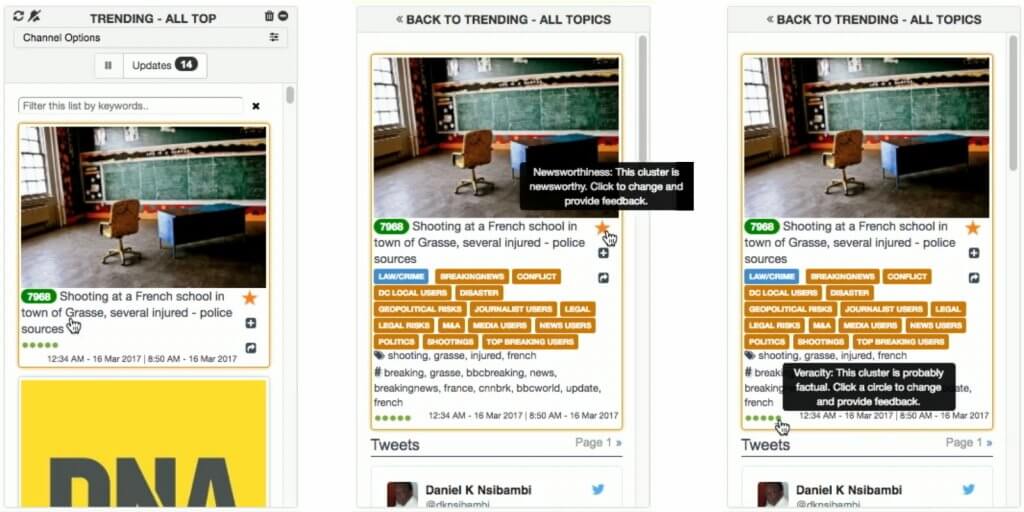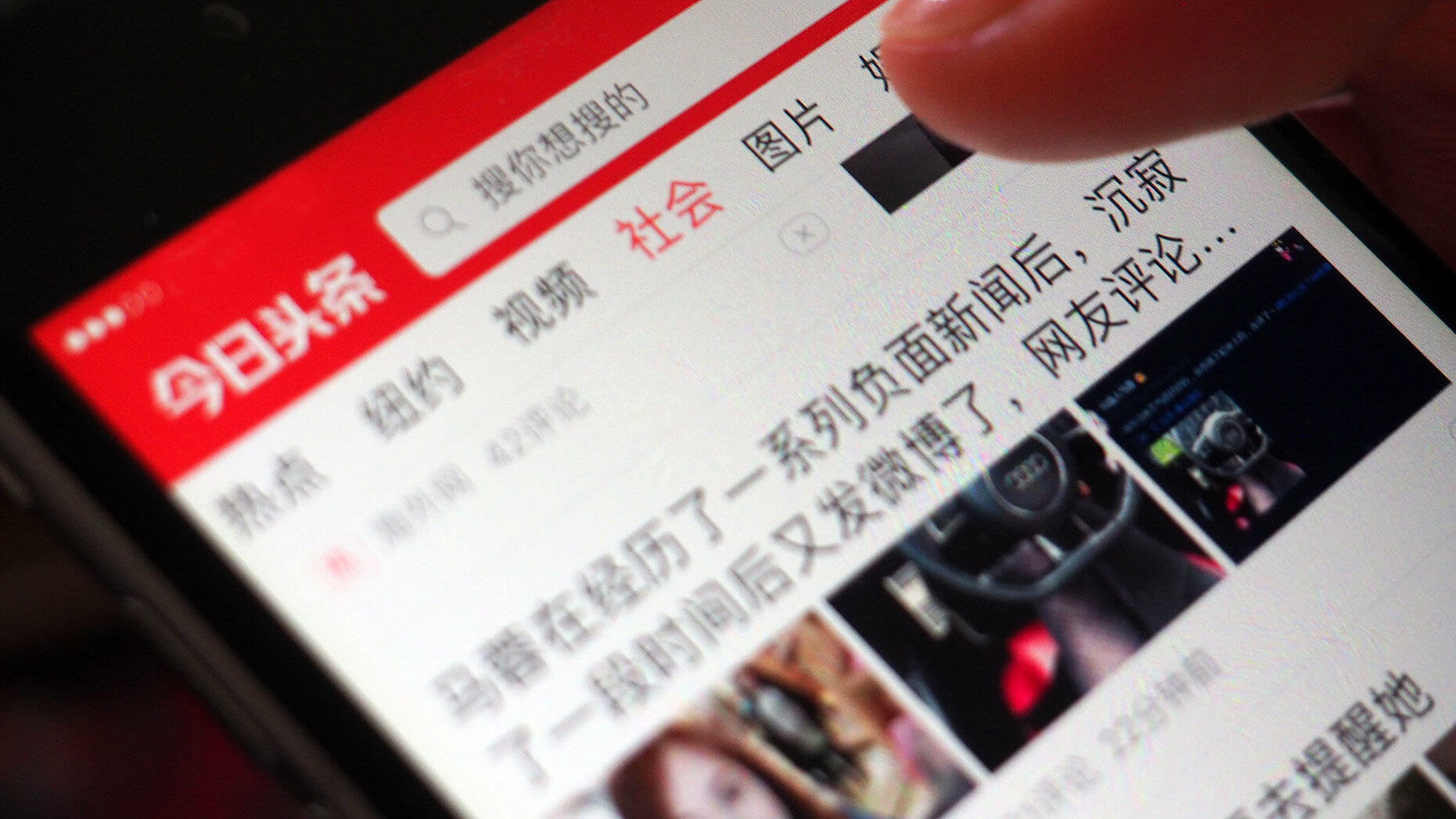
Courtesy of makeuseof
The Term Deepfakes
Last year, a new type of “synthetic media” took the world by a storm, when a video of Barack Obama calling President Trump a “total and complete dipshit” circulated the web.The video was released on Buzzfeed youtube channel in collaboration with film director Jordan Peele to raise awareness on this new type of media, and its ability to distort reality. Supported by the fairly new Artificial Intelligence technologies, Deepfakes is a new type of media ( mainly Videos) that could be the next major challenge for information verification, and of course a serious threat to news.
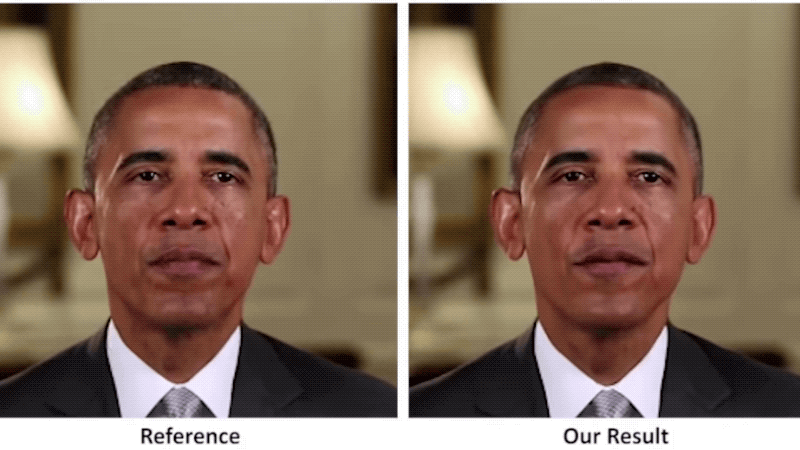
It all started back in 2016, when some Reddit users started creating videos where they swapped the faces of celebrities with porn stars, making a fairly believable claims that these celebrities are actually in porn movies. The term deepfakes was also generated by a Reddit user, but has been officially used to describe the AI editing technology worldwide. With the right tools these editing software can either sync people mouths with another person’s speech or change their movement to turn them into great dancers.
The Different Techniques of Deepfakes
Deepfakes are definitely more than just lip syncing and fun face swaps, there are different techniques to create deepfakes, and it does require technical knowledge.
Face Swap: The most popular form of deepfakes where an algorithm implant a person’s face into a video. Usually used to put a person’s face into actors bodies into movies, placing them in situations and places where they have never been.
Facial Reenactment: Through this techniques video forgers can transfer the facial expression for one person to another. Individuals can play with expression making the targeted person on video look weird, disgusted, angry, surprised…etc.
Lip Sync: Using this technique video forgers can embed someone’s mouth to another’s face on a target video. When combined with audio, people will appear in the video saying thing which they didn’t, like what happened in the Obama video
Motion Transfer: Video creators and researchers figured how to transfer the body movements from one person to another creating a completely different figure movement on video. For examples they have captured the motion of a certain dancer and transferred it to a another person with zero dancing skills making them seem like professionals.
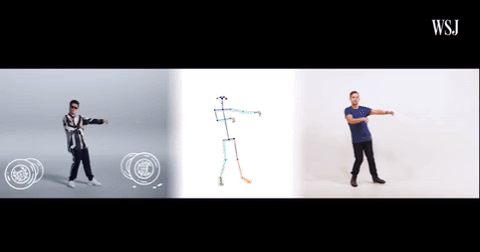
Researchers at the University of California Berkeley, and WSJ correspondent Jason Bellini used Motion Transfer to give him the dance moves of Bruno Mars.
How to Identify Deepfakes
Different media organizations are working on new tools that will enable them to detect deepfakes fast, in order to avoid any kind of misinformation. One way of detecting deepfakes is to check if the footage has been altered by closely looking at the frames of the videos to inspect abnormal elements. Another way is to go the traditional route and ask sources and subjects directly to get their confirmation first. Another way to detect deepfakes is to use the reverse image method, to check for old versions of the footage. Some search engine offer tools to do Reverse image search like Google Image Search and Tineye. It is advised to also use editing softwares like final cut to check for glitches and unnatural additions to the videos.
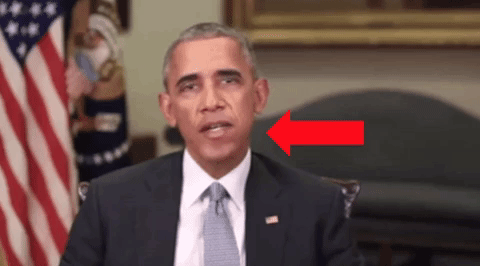
Unnatural chin movement
“We know deepfakes and other image manipulations are effective — this kind of fakery can have immediate repercussions,” said Roy Azoulay, founder and CEO of Serelay, a platform that enables publishers to protect their content against forgeries.
Life Threatening or Life Saving Technology
Deepfakes are precariously believable and there’s no doubt that they represent a risk to the media industry if not to the whole society. A video showing soldiers committing war crimes or politicians saying the wrong things could literally start a war. However, that does not negate the technology’s many advantages if used for the right reasons. Deepfakes can be used in the entertainment production division to considerably lower the cost of filmmaking and gaming manufacture as well.
GANs (Generative adversarial networks) the technology that gave birth to deepfakes, and Machine Learning holds great potential in enhancing self-driving cars, helping them recognize elements like bicycles and pedestrians in great precision. This also helps voice activated devices like google assistant, Alexa, and Siri in their conversational abilities.
Although GANs created many possibilities, deepfakes being one of them, which threatens the lives of many, it can also be used in saving them. GANs can generate quiet realistic images of brains with Alzheimer’s disease and others with tumors. The resulting images will be used to train algorithm to identify tumors in new images.
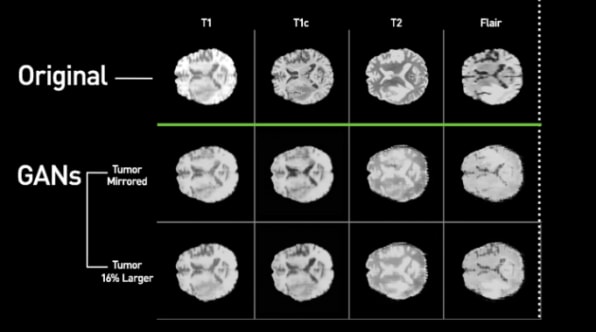
Actual MRI images and synthetic versions generated by a GAN — Shin et al
If you would like to know more about Video Analysis using the latest AI technologies contact us at Insideout10 to learn more about our products and activities.




